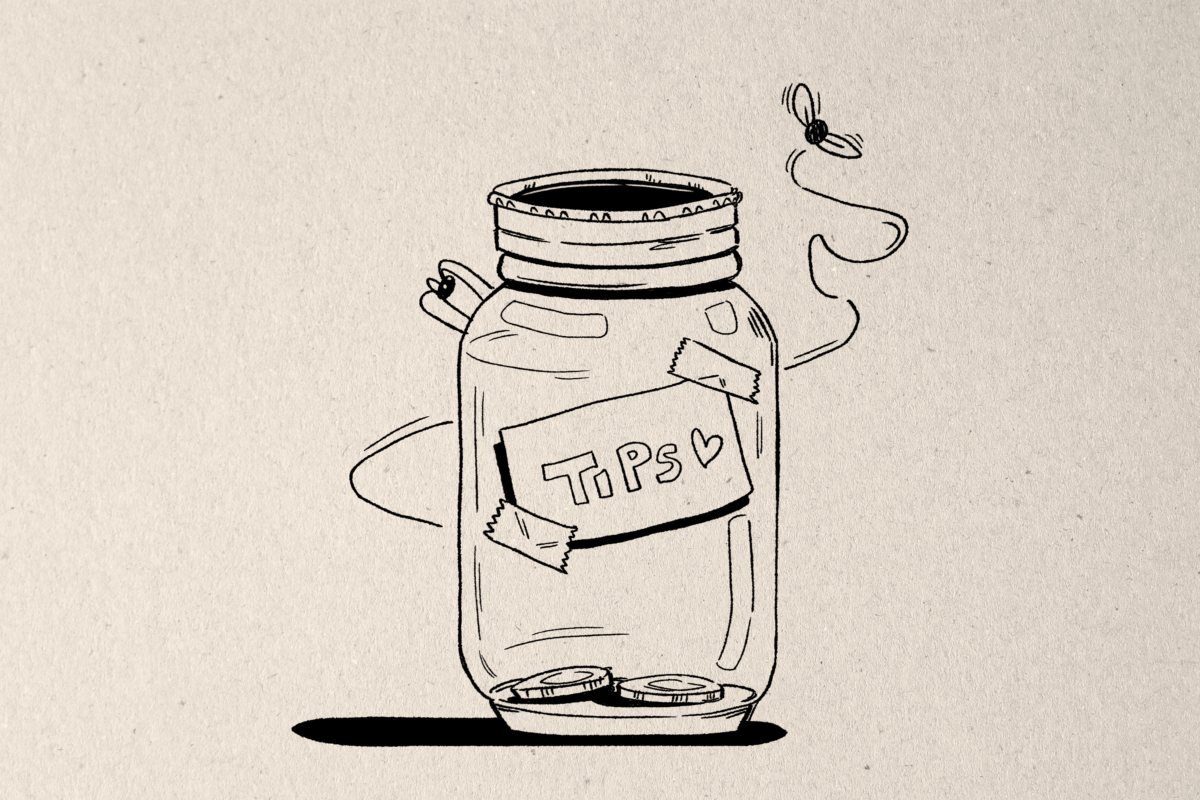Why we should all be tipping well.
Fifteen percent is the bare minimum. No seriously, it is.
Have you ever gone out to eat and found yourself wondering why the tip ends up costing you maybe as much as an appetizer? Well, that’s because, in Quebec, servers are not paid a living wage.
A living wage is basically a fair amount that allows you to afford the cost of living in your area. While I believe that the required minimum wage isn’t even a living wage nowadays, that’s for another article.
As someone who works in a restaurant, I know for a fact that servers are paid below the minimum wage. The average hourly salary of a server in Quebec is $12.20 while the minimum wage is currently $15.25. Except, it’s not just servers, it’s most tippable jobs. I don’t mean the cashier with a tip jar (we’ll talk about that later) but any job where a tip is expected.
So, with inflation and the cost of living constantly on the rise, shouldn’t the people being paid less than a living wage be given a little more consideration?
With that said, here’s my guide to tipping:
As I mentioned, 15 percent is the bare minimum. The rule I go by is, that if you can’t afford to tip at a place, you can’t afford to eat there. If you’re budgeting yourself ahead of time, the tip should be factored in. If you don’t tip, servers quite literally end up paying to have served you. It’s messed up, but it’s true. Servers are required at the end of the night, to “tip out.”
If you don’t know, “tipping out” is when the server pays out a percentage of their sales to “the house” (the house is just the restaurant). That percentage then goes to helping pay the salaries of the kitchen, bussers, and hostesses, as well as going to the manager’s and owner’s pockets.
To recap, if you don’t tip, servers are still required to tip out to the house as if you did tip— so it ends up being money out of their own pockets.
Now, how do you tip properly? Well, cash is usually the best way to tip because they don’t have to declare as much of it in sales. That means they won’t be as taxed on it, and they won’t have to tip out as much of it at the end of the night.
In a world where nobody carries cash anymore though, just tip well.
Moreover, you shouldn’t only be tipping at restaurants. A general rule I follow is if I pay cash, I tip all the small change I get back. If you’ve ever worked in the service industry you know it can be soul-sucking and draining. The people in these industries deserve some love and appreciation too, especially since tips are scarce and usually split among staff.
Really, we should all be conscious of the fact that these people are running around to serve us while barely being paid fairly. Everyone deserves a living wage, and while it shouldn’t be our responsibility to compensate for unfair salaries, we do it (or at least should).
